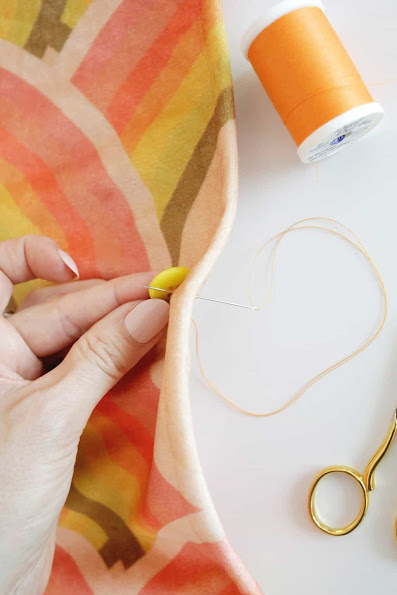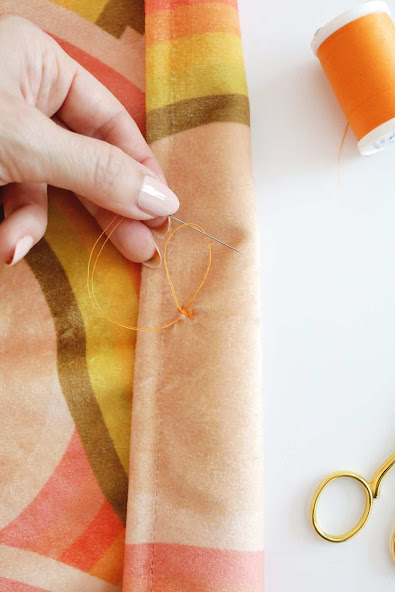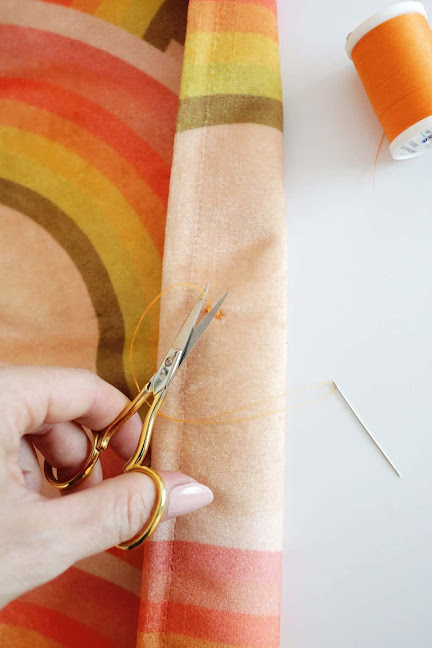Rapidly SEW A Flat BUTTON
Sewing a button is one of those errands that most individuals will got to do at a few point in their lives. In the event that you're not a “sewer” and the assignment of connecting anything with needle and string appears overwhelming, have no fear!
XEM THÊM :
Game tien len mien nam doi thuong xịn xò nhất quả đất
Whether you're attempting to sew a normal button with gaps or a shank button, here are simple steps to sew your claim button. Indeed on the off chance that one pops off right some time recently you head out the entryway, you’ll have the abilities to urge it back on in no time.
What’s the difference between a flat button and a shank button?Customary level buttons for the most part have two or four gaps and lay level with the sewing unmistakable from the best, whereas shank buttons have a circle on the underside so all the sewing is covered up underneath the button. Shank buttons are too superior after you have a thick buttonhole that needs a few space beneath the button, like on a thick fleece coat.
Do I have to use a special needle to sew on a button?
No extraordinary needle is required to sew on a button. On the off chance that you're employing a overwhelming string, you may need to use a bigger needle that features a greater eye so you'll be able string the string into the eye of the needle, but a customary hand sewing needle will work for nearly all buttons.
Should I use a certain kind of thread to sew on a button?
For most button sewing, all-purpose string will work fair fine, in spite of the fact that you'll need a heavy-duty string for overwhelming coat buttons that are utilized a part to button and unfasten the coat. In the event that your other buttons have a particular color or embellishing string simply would like to coordinate, take your thing to a sewing store and coordinate the string to what’s utilized on the rest of your garment.
- button (a two- or four-hole button)
- thread (regular weight works for most things, but you can do a heavy weight for bigger coats, etc.)
- needle (a multi-pack like this has several options for different thread weights)
- straight pin
- scissors
- disappearing marking pen (optional)
 |
Thread the needle: Cut a bit of string approximately 24″ long and string it through a needle midway so that both ends are equally as long (you'll be able utilize a self-threading needle like this for simple threading). Keeping your strands together, tie a hitch at the conclusion to tie them together.
Position the button: Position the button where you need it on your article of clothing (make beyond any doubt the gaps are confronting the same course as the other buttons adjacent).
Check to see that it is the correct spot for the buttonhole in case it’s on a coat, shirt, or coat. You'll too utilize a vanishing stamping write to stamp the spot in the event that you wish.
Start your first stitch: Drag your needle up through one of the gaps from the underside of the texture, pulling it all the way through until the hitch stops you. Thrust the needle back down through the moment gap and drag the needle all the way through once more.
In case you've got a button with 4 gaps rather than fair 2, you’ll come up through one gap and cross to the button hole diagonal from that gap instead of straight down so you're making an “X” as you sew.
Use a straight pin as a spacer: Put a straight stick beneath the button between the button and the texture within the center of your sewing. Having this stick there gives a small bit of space so the button isn’t sewn as well tight.
Continue sewing: Proceed sewing your fastens by coming up from the foot and going down into the another gap a few times until the button feels secure once you drag on it.
Create a shank (optional): Some time recently you wrap up your button, come up through the fabric but come out underneath the button instead of through the button gap once more.
Take out the straight stick and wind your string between the button and texture to reinforce the button and make a shank. (This gives you a few space between the button and the texture so it can be buttoned comfortably).
*On the off chance that you're sewing on a enhancing button that doesn’t go through a buttonhole, you'll skip this step of winding it around to make a shank.
Tie off thread on underside: To wrap up, thrust the needle back down through the fabric, another to the shank, so it’s on the underside of your fabric.
Capture a small bit of the underside fabric along with your needle and drag it almost all the way through so that you just have a little circle of thread.
Pass the needle back through the string and drag it tight to form a hitch. Cut the string near to the hitch to finish.
Read Article:


















Comments
Post a Comment